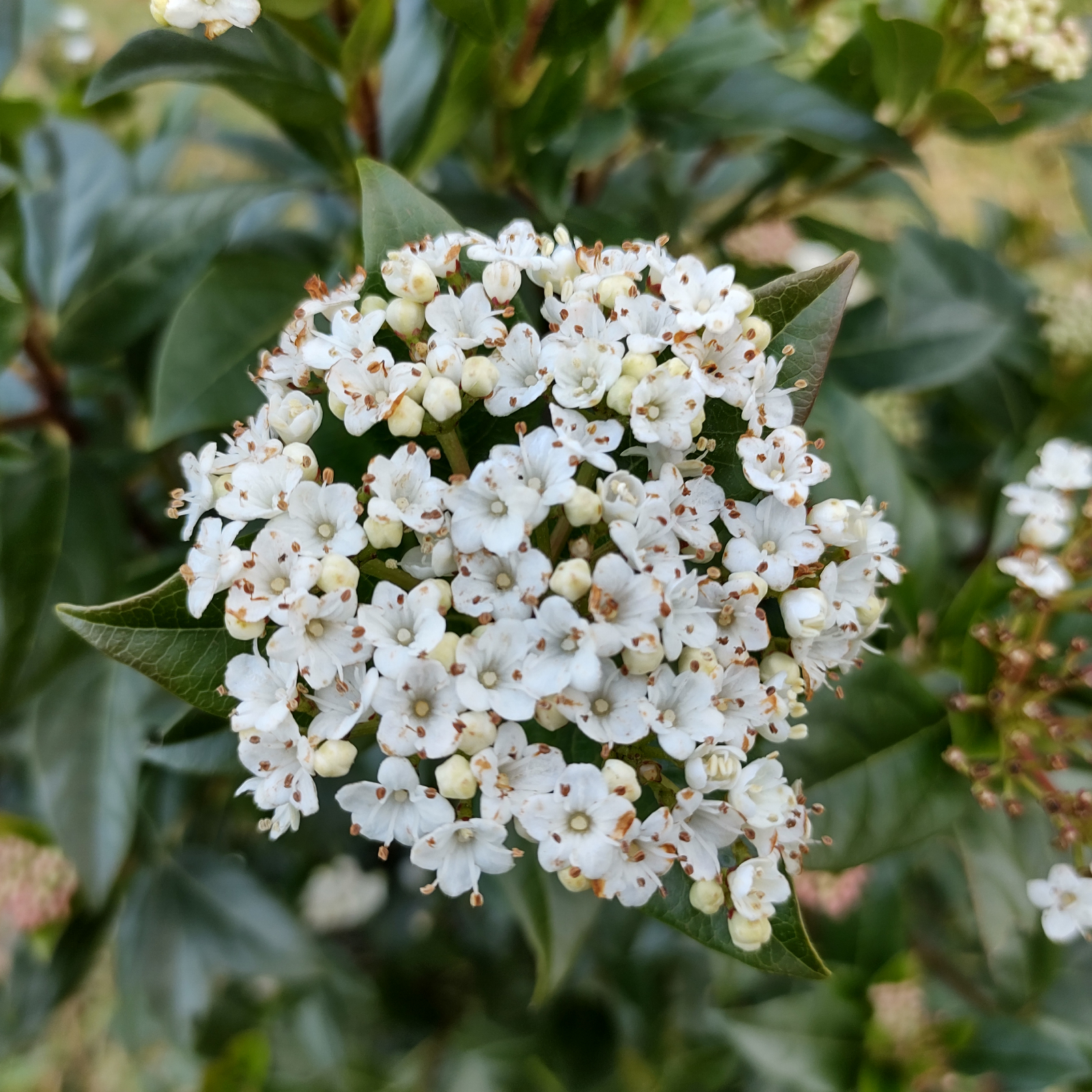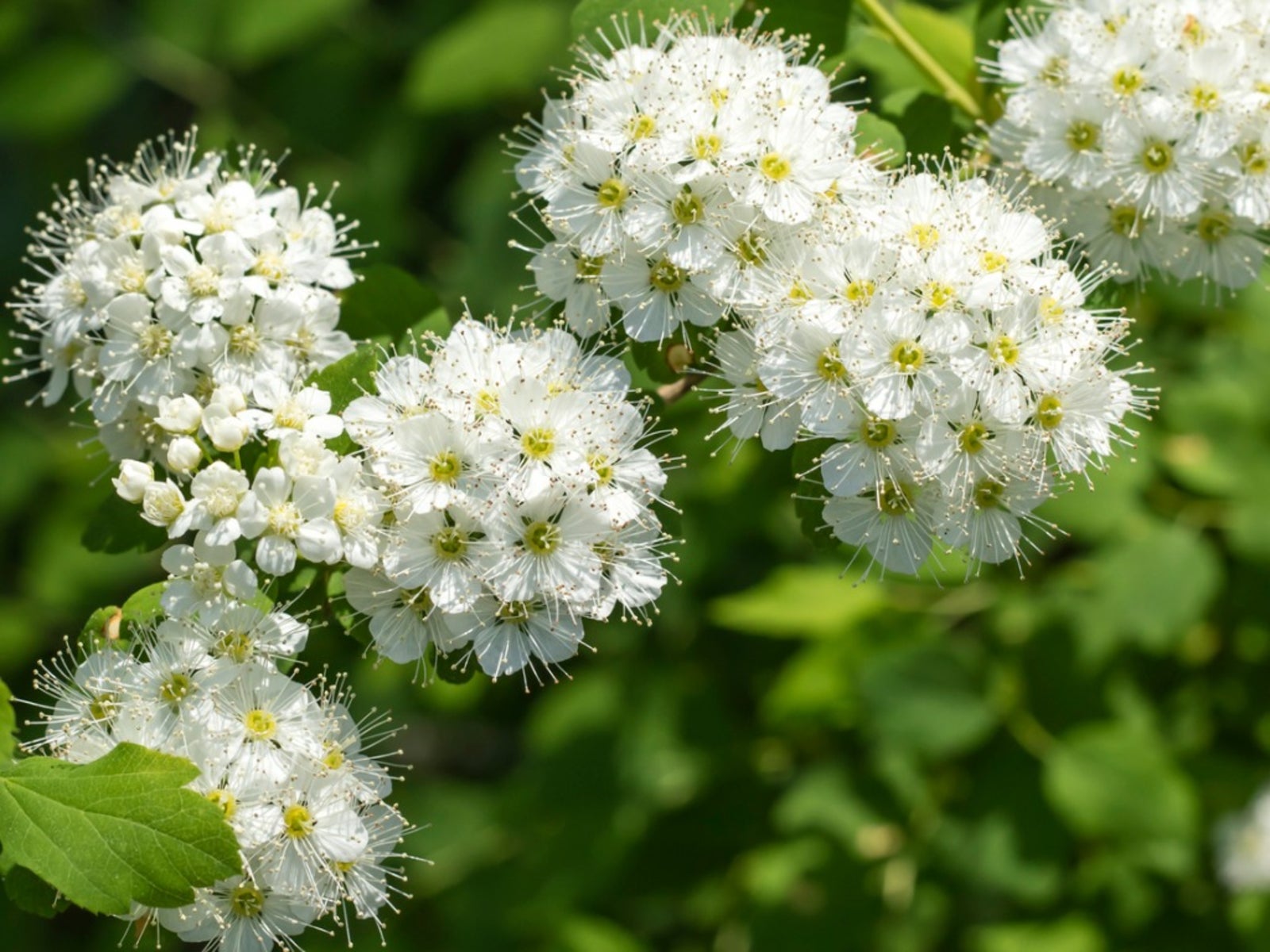Viburnum
Virburnum, available in both evergreen and deciduous forms, is a popular shrub that offers many benefits for home gardeners. Growing viburnums include fragrant springtime blooms, attractive autumn and showy berries that welcome songbirds to your garden. These versatile shrubs are fun to grow and easy to get along with. The following information will help you plant, grow and care for viburnum shrubs.
-
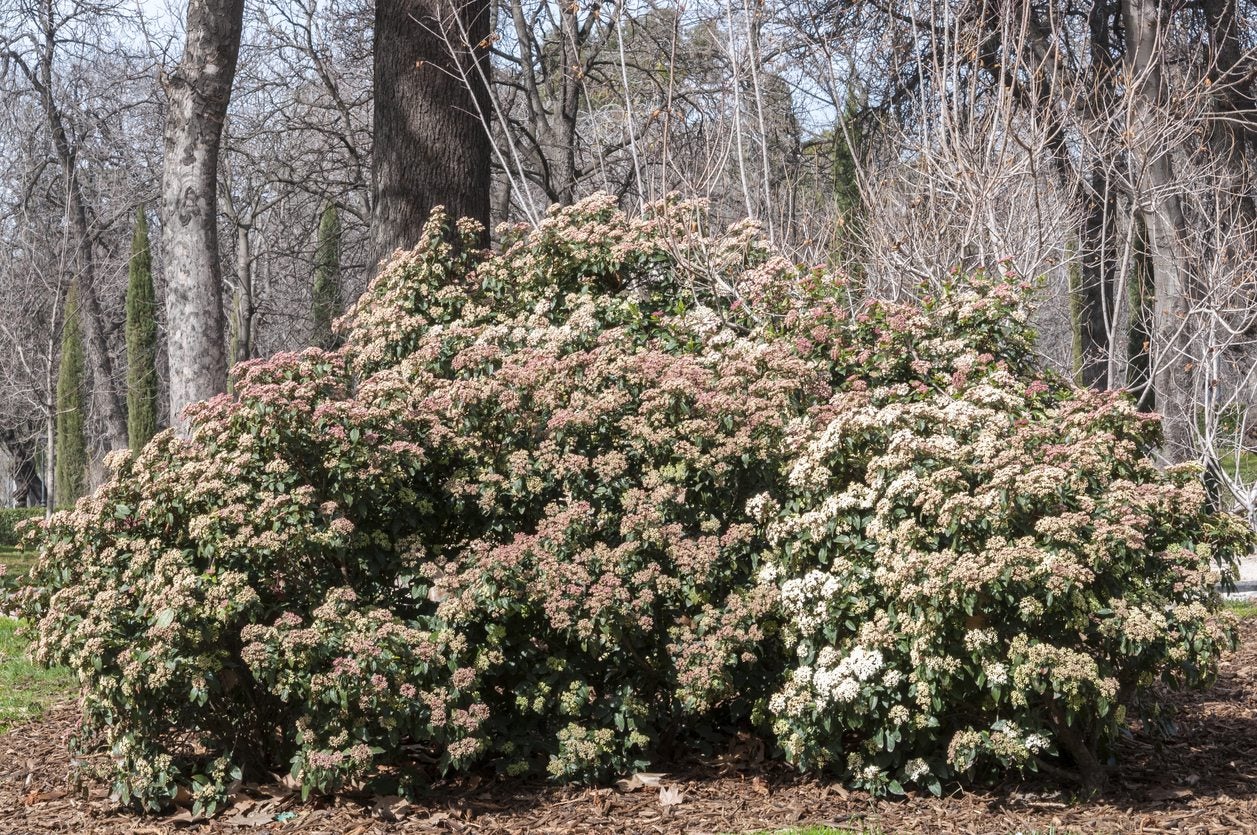
Laurustinus Plant Information: Tips On Growing Laurustinus Shrubs
Laurustinus viburnum is a small evergreen hedge plant, native to the areas around the Mediterranean. It's definitely a shrub to consider planting if you live in USDA zone 8 or warmer. Click here for more laurustinus plant information.
By Teo Spengler
-
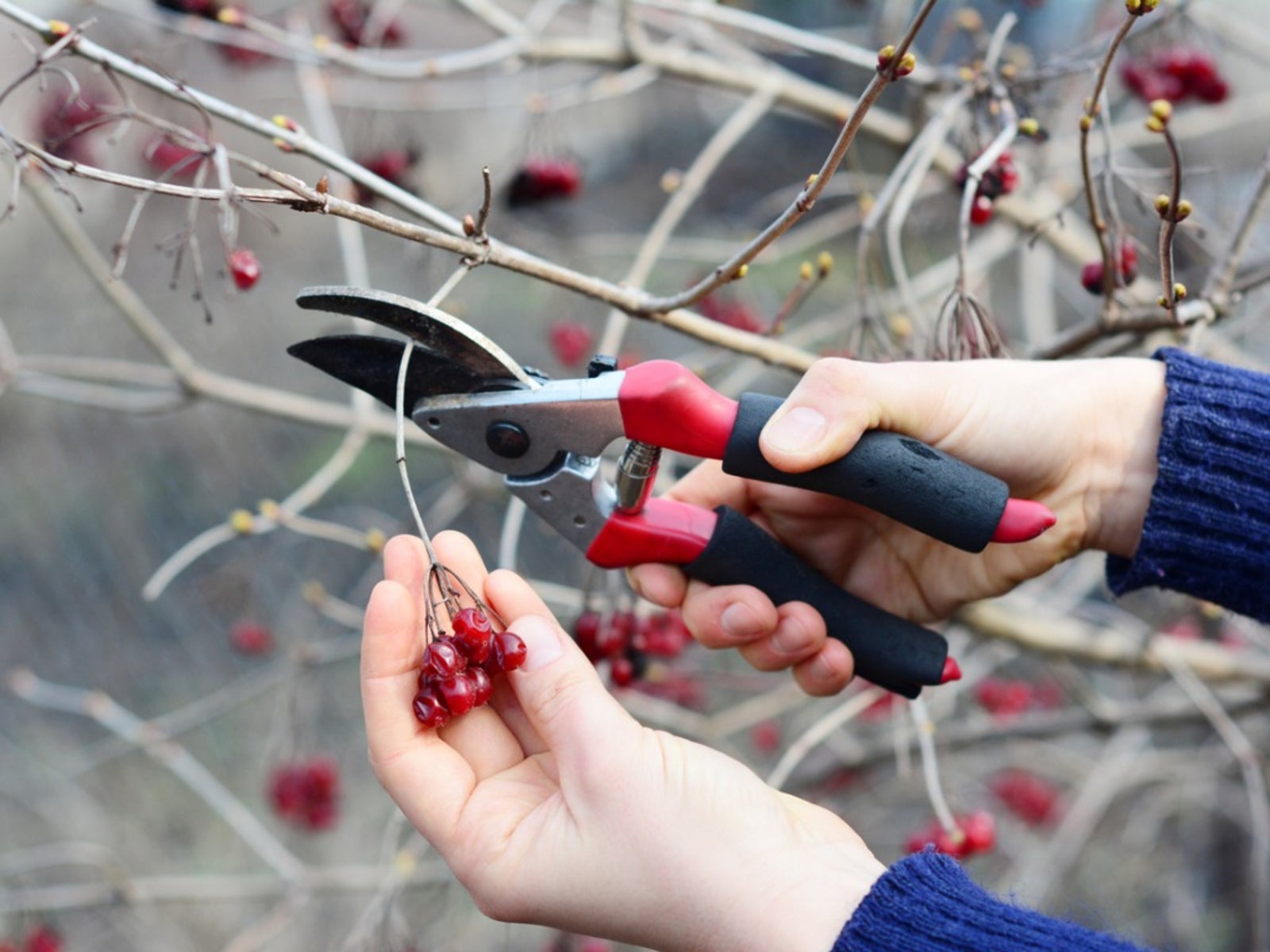
Viburnum Pruning - How And When To Prune Viburnum
On average, viburnum shrubs need relatively little pruning. However, it never hurts to practice occasional viburnum pruning each year to maintain shape and overall beauty. Learn more about pruning in this article.
By Nikki Tilley
-
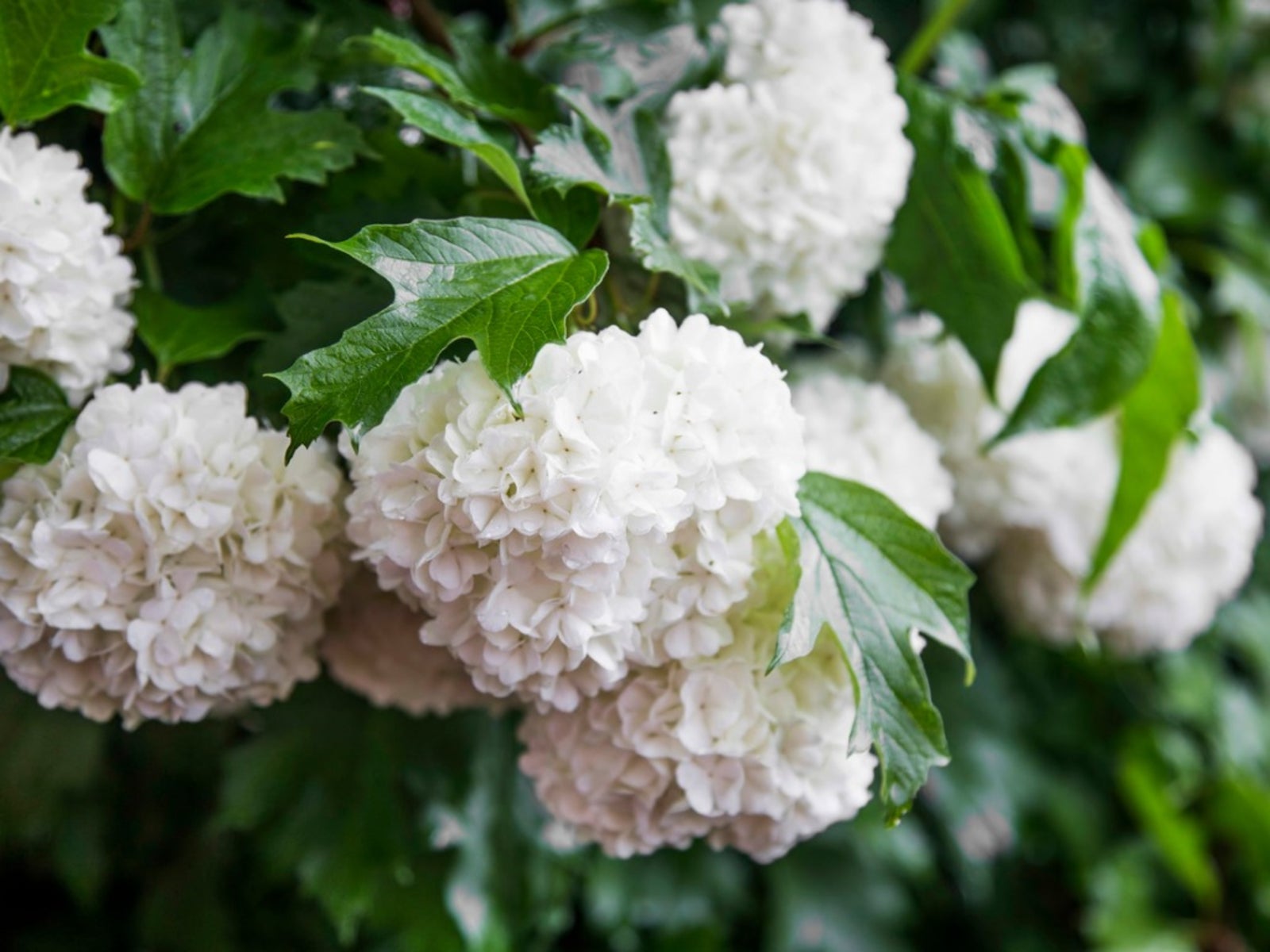
Guelder Rose Viburnums – How To Care For Guelder Rose Plants
Guelder rose viburnums (Viburnum opulus) are deciduous shrubs or trees suited to smaller landscape settings. Learn more guelder rose information, like tips on guelder rose growing and how to care for a guelder rose viburnum in this article.
By Liz Baessler
-
What Are Viburnum Borers: Learn About The Control Of Viburnum Borer
Viburnum borers cause serious damage to shrubs in the viburnum family. Learn to identify these insect pests and eliminate them from the landscape with the viburnum borer treatment tips in this article. Click here for more info.
By Jackie Carroll
-
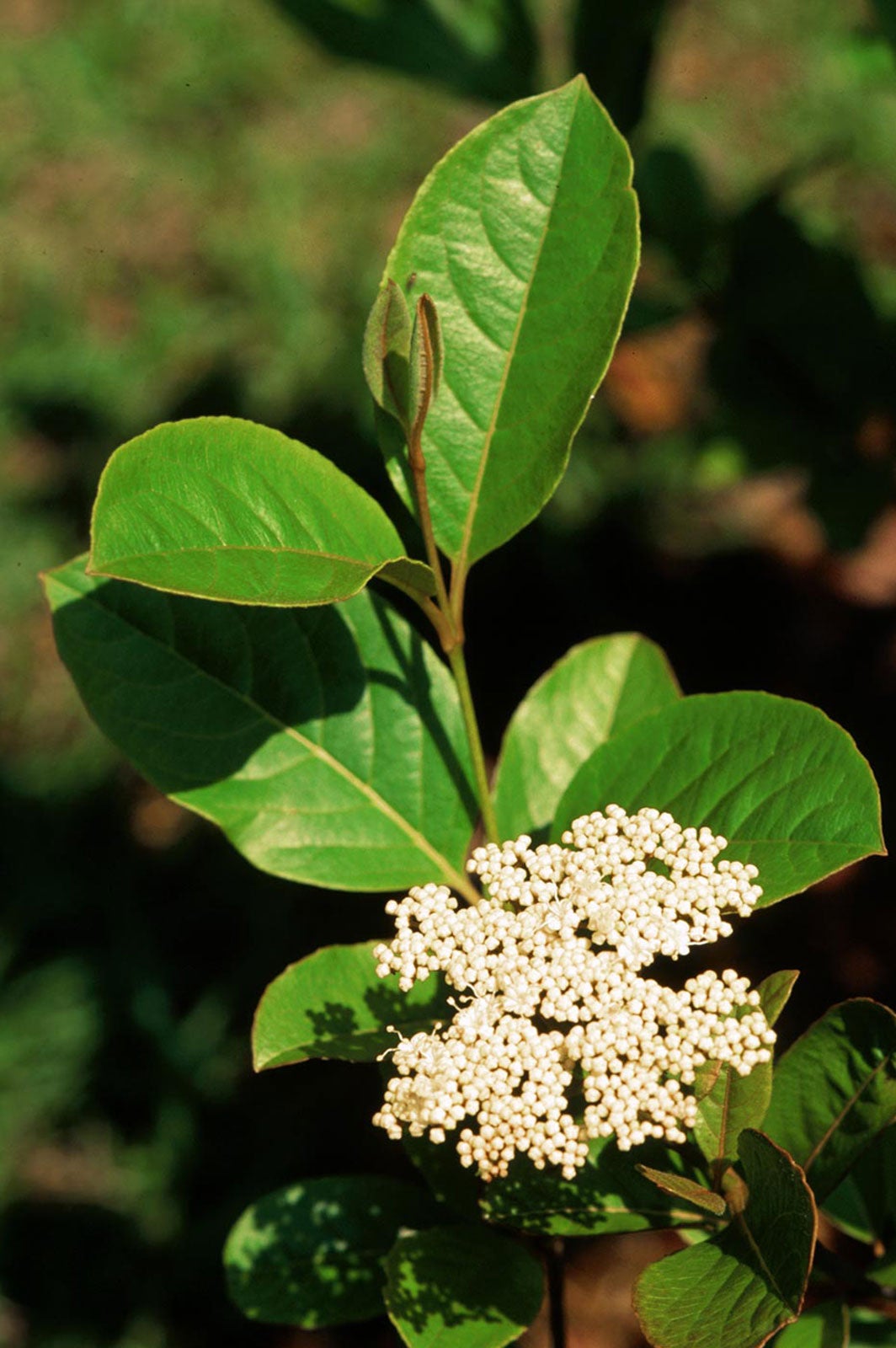
Possumhaw Viburnum Plant Care: Growing Possumhaw Viburnum Shrubs
Possumhaw viburnum shrubs are especially at home in a carefree natural planting. To learn more about this shrub, click here.
By Tonya Barnett
-
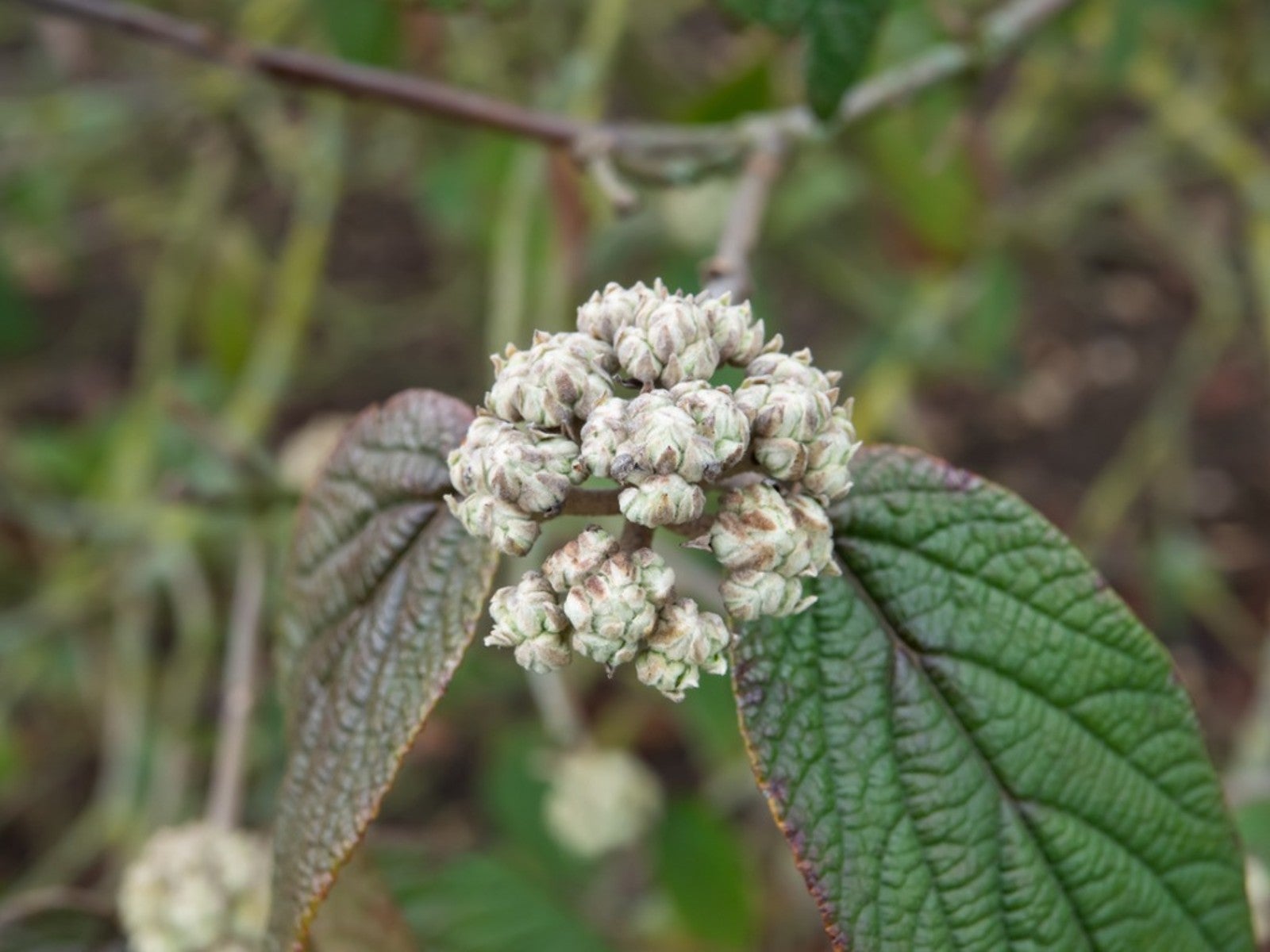
Leatherleaf Viburnum Care: Growing A Leatherleaf Viburnum
Are you looking for a showy shrub for a shady location where most shrubs fail to thrive? We may know just what you're looking for. The leatherleaf viburnum's creamy white blossoms never fail, even when the shrub is planted in the shade. Learn more here.
By Jackie Carroll
-
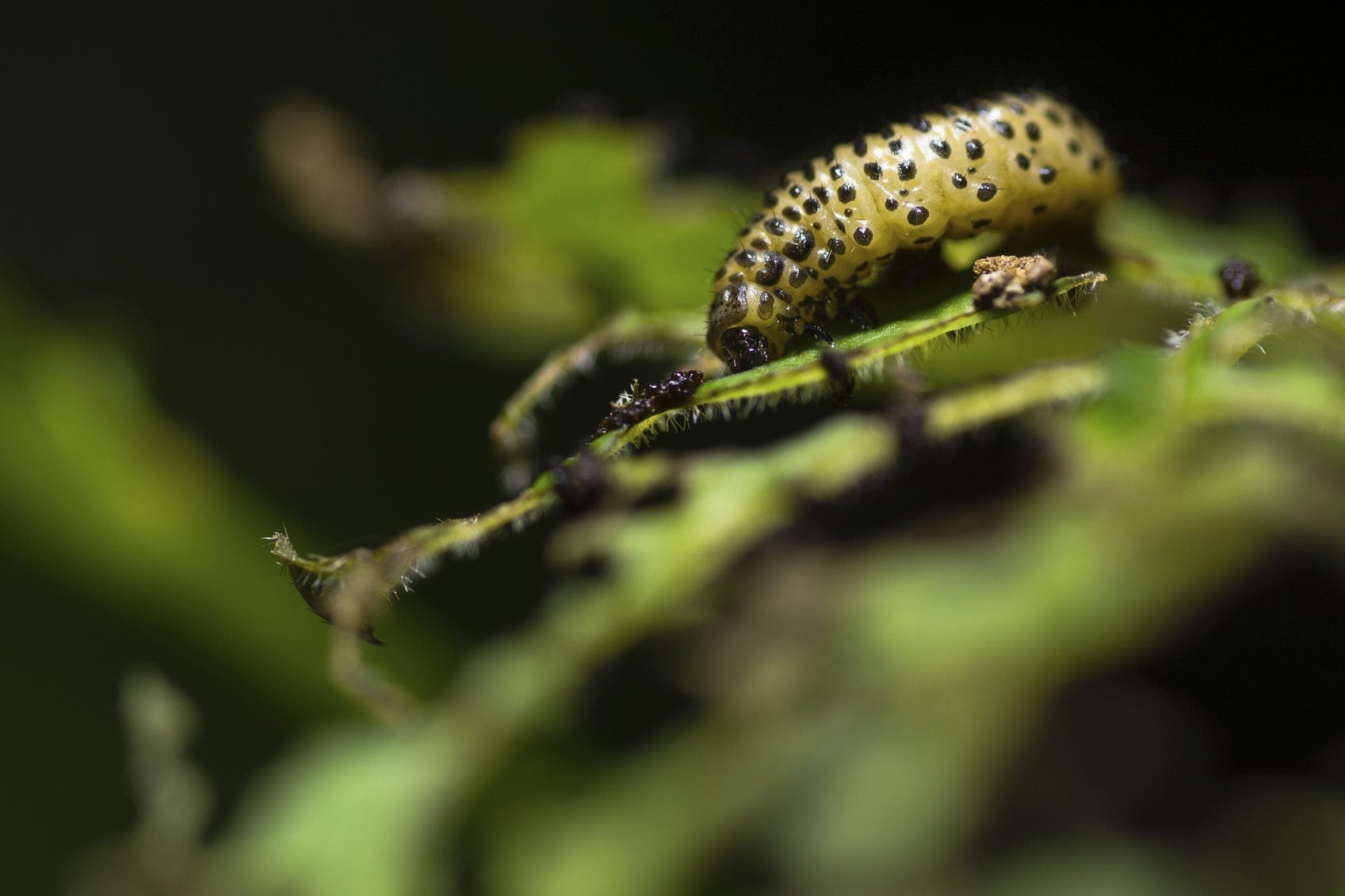
Viburnum Leaf Beetle Lifecycle: How To Treat For Viburnum Leaf Beetles
Leaf beetles can skeletonize viburnum leaves quickly and efficiently. However, getting rid of viburnum leaf beetles is far from easy. How to treat viburnum leaf beetles? Click this article for information on viburnum leaf beetle control.
By Teo Spengler
-
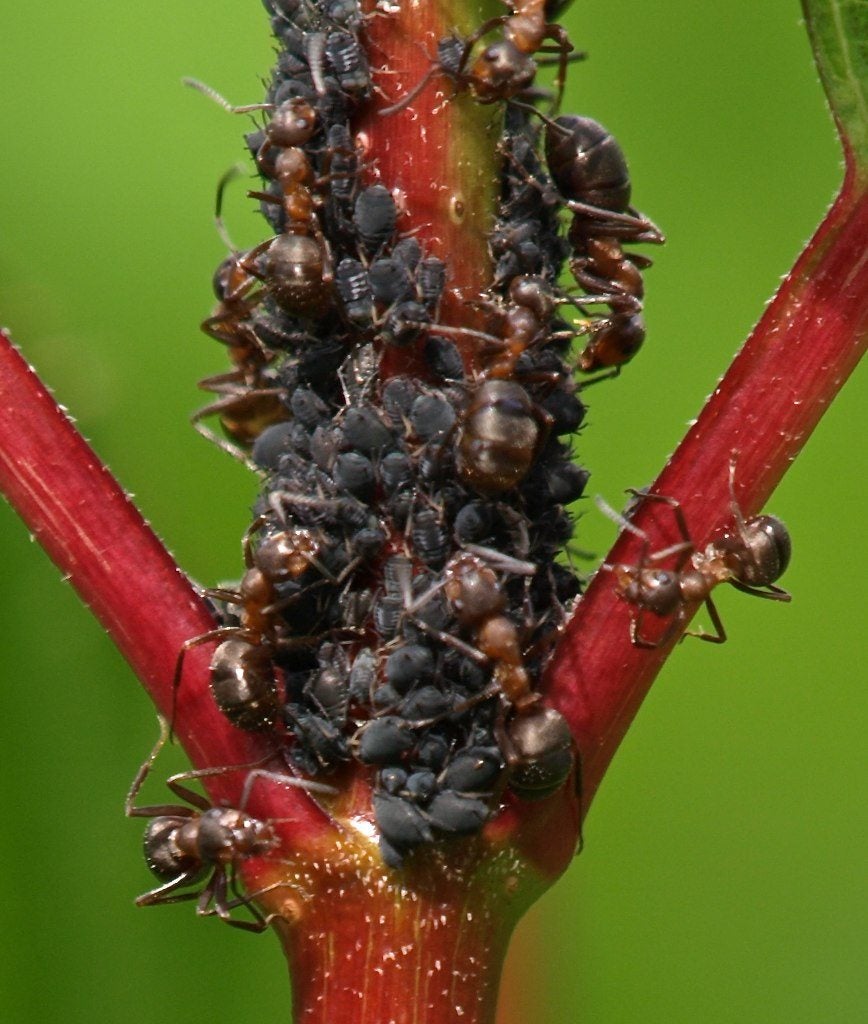
Why Viburnum Leaves Are Curling: Reasons For Leaf Curl In Viburnums
What causes viburnum leaf curl? When viburnum leaves are curling, there's a good chance that pests are to blame, and aphids are the usual suspects. Learn about treating viburnum leaf curl caused by aphids in the article that follows.
By Mary H. Dyer
-
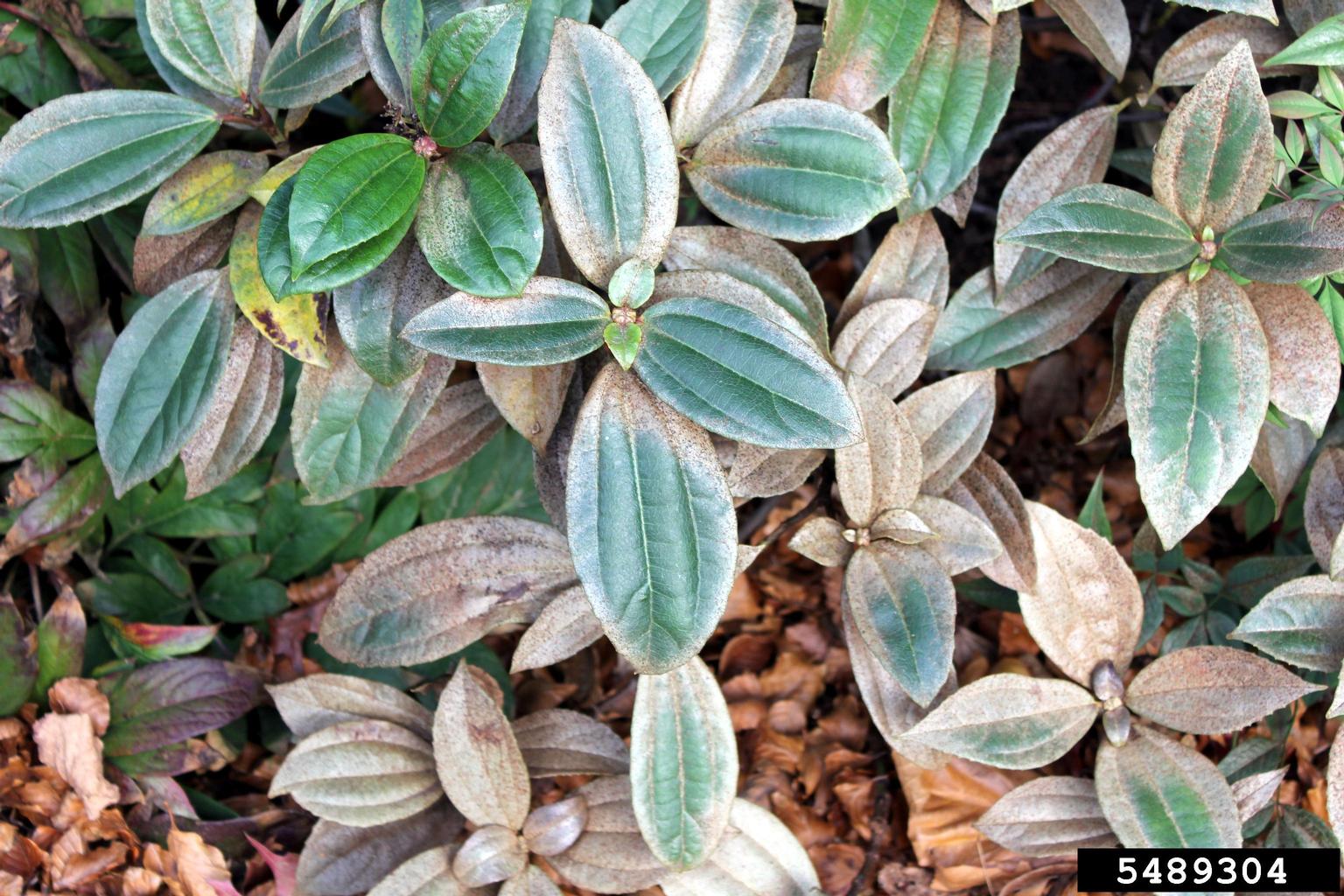
Viburnum Pest Control: Learn About Pests Affecting Viburnums
Viburnums are a diverse group of flowering shrubs that are very popular in the garden. Unfortunately, they?re often preyed upon by a wide range of pests. Learn more about the insects affecting viburnums and how to go about controlling viburnum insect pests in this article.
By Liz Baessler
-
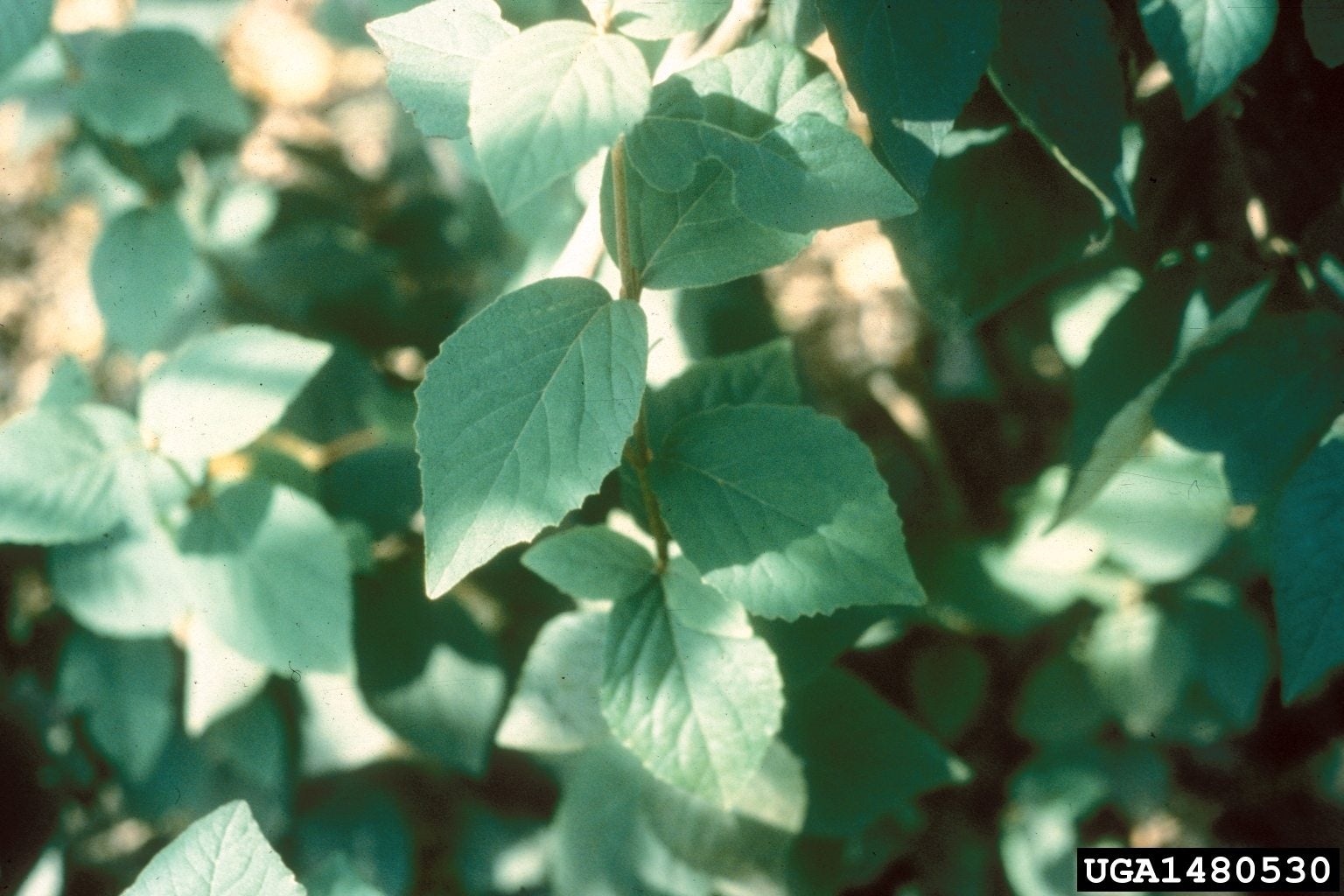
Judd Viburnum Care – How To Grow A Judd Viburnum Plant
With over 150 species of viburnum shrubs and heights between 2-25 feet (0.6-7.5 m.), there's a variety that can fit into any landscape. With so much variety, it may be hard to sort through the pros and cons of each viburnum. Judd viburnum plants have everything. Learn more here.
By Darcy Larum
-
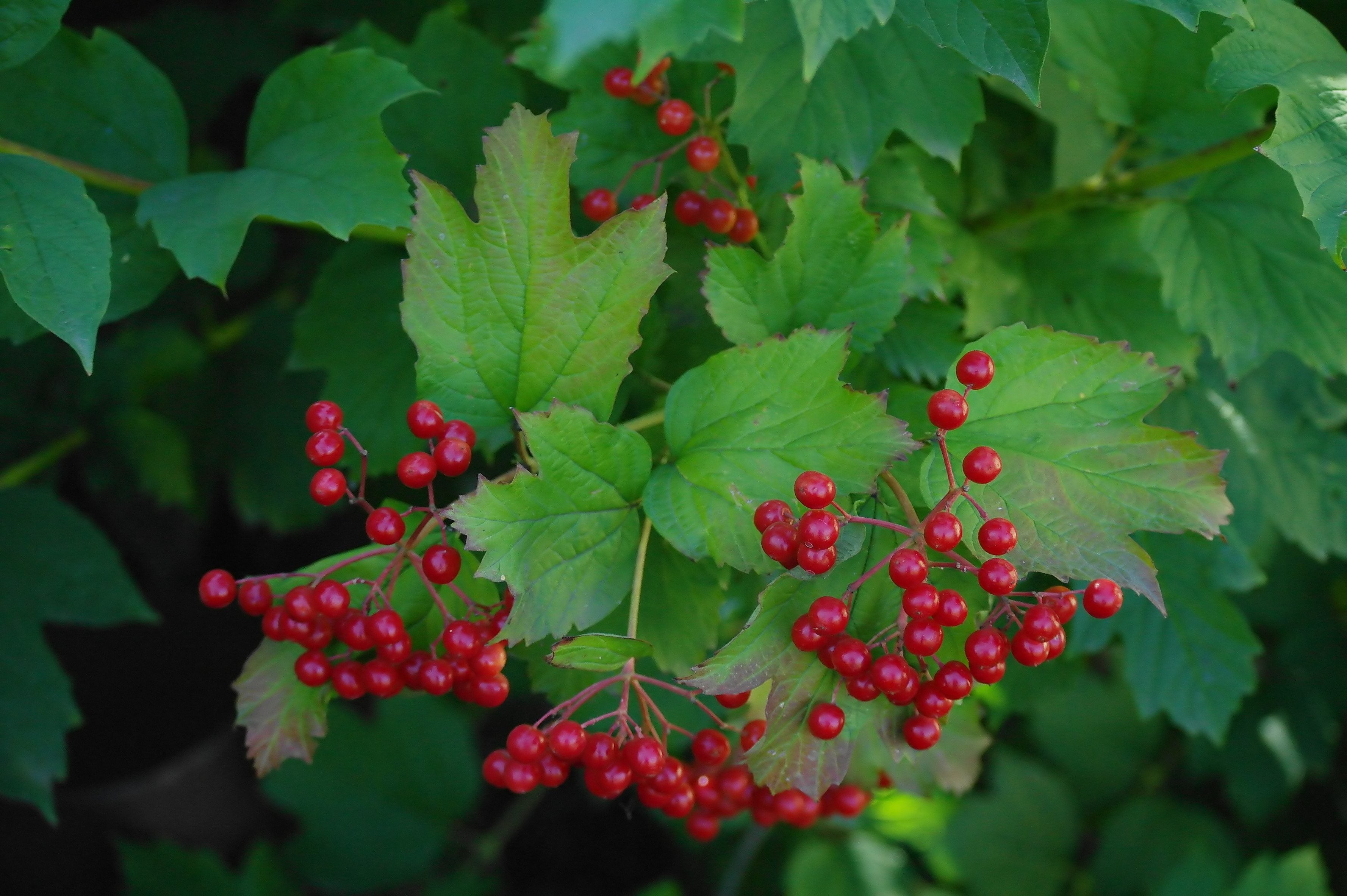
Low Growing Viburnums: Can You Use Viburnum As Groundcover
Many of us gardeners have that one spot in our yards that is truly a pain to mow. Generally, a large go-to plant for trouble areas, low growing viburnums can be used as a ground cover in out-of-the-way sunny or shady spots. Learn more about them here.
By Darcy Larum
-
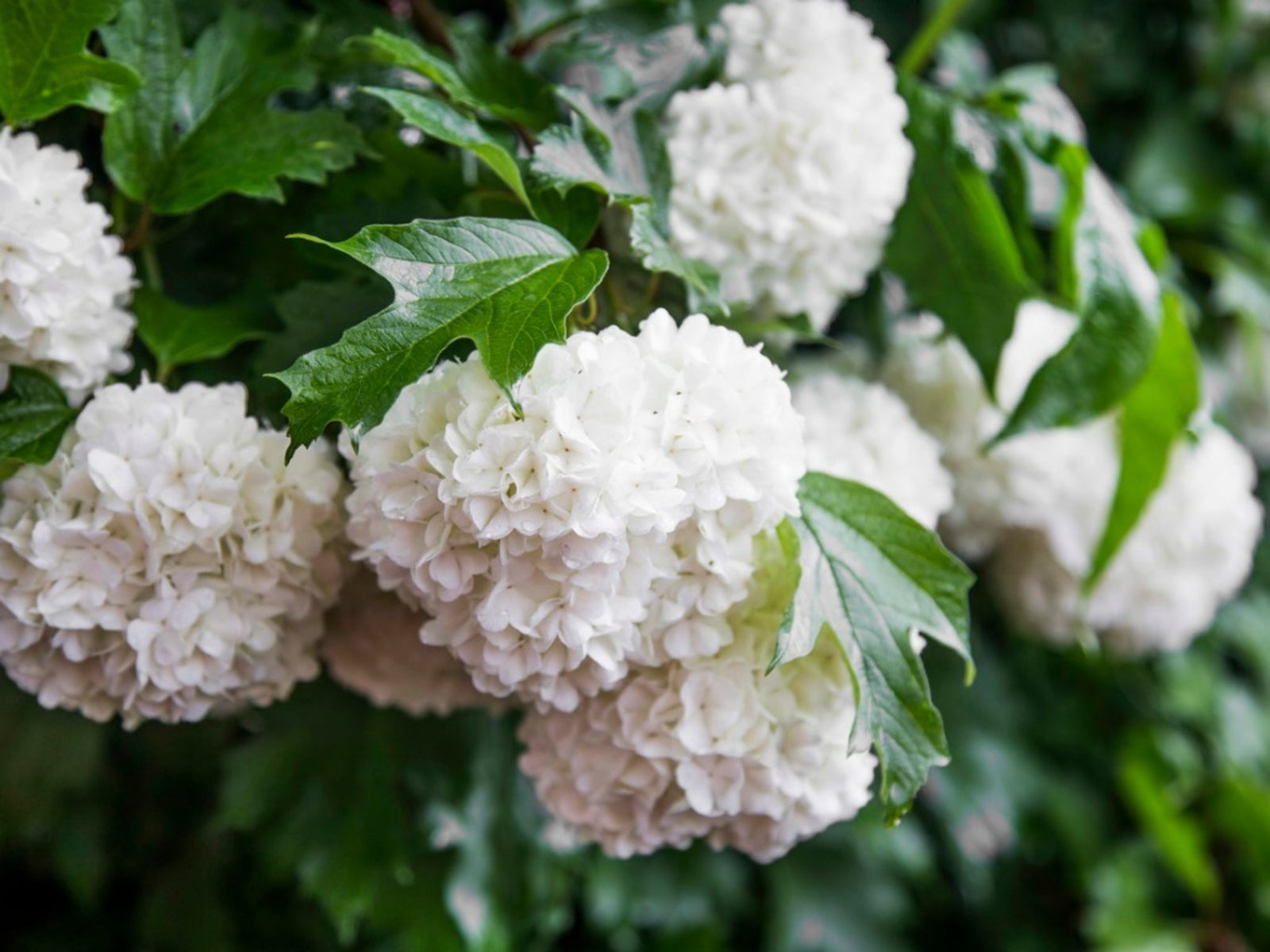
Rooting Viburnum Cuttings: How To Propagate Viburnum From Cuttings
Propagating viburnum from cuttings is the most effective way to replicate the bush. A few techniques and tricks are necessary to enhance rooting and ensure your new plants thrive. Learn how to propagate viburnum from cuttings in this article.
By Bonnie L. Grant
-
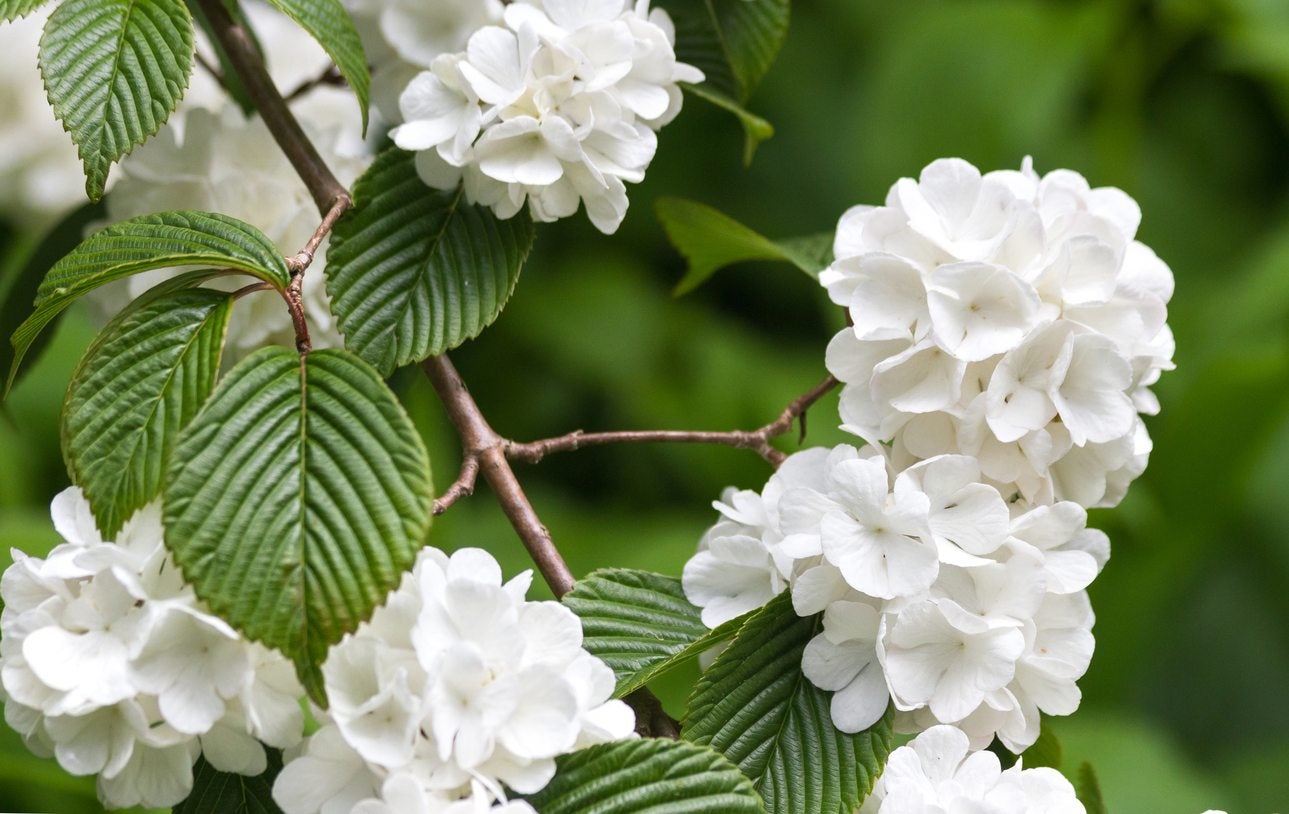
Japanese Snowball Care: Learn About Japanese Snowball Trees
Large Japanese snowball shrubs look like they could require a lot of maintenance, but caring for them is easy. With pure white flower clusters in spring, they're a favorite of pollinators.
By Teo Spengler
-
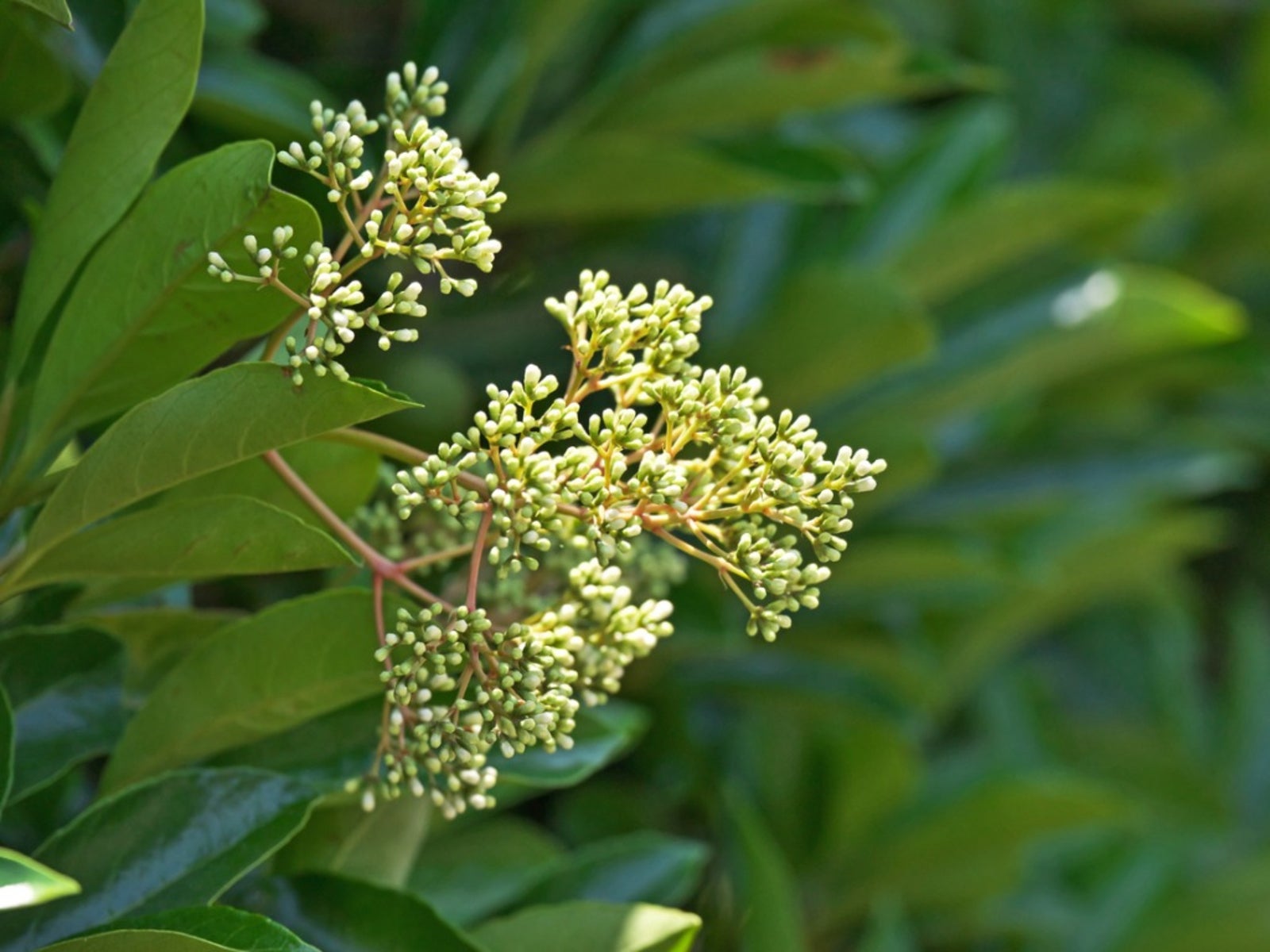
Sweet Viburnum Care: Growing Sweet Viburnum Bushes
Growing sweet viburnum bushes adds the delightful element of fragrance to your garden. This member of the large viburnum family offers showy, snowy spring blossoms with a very appealing scent. For sweet viburnum information, click here.
By Teo Spengler
-
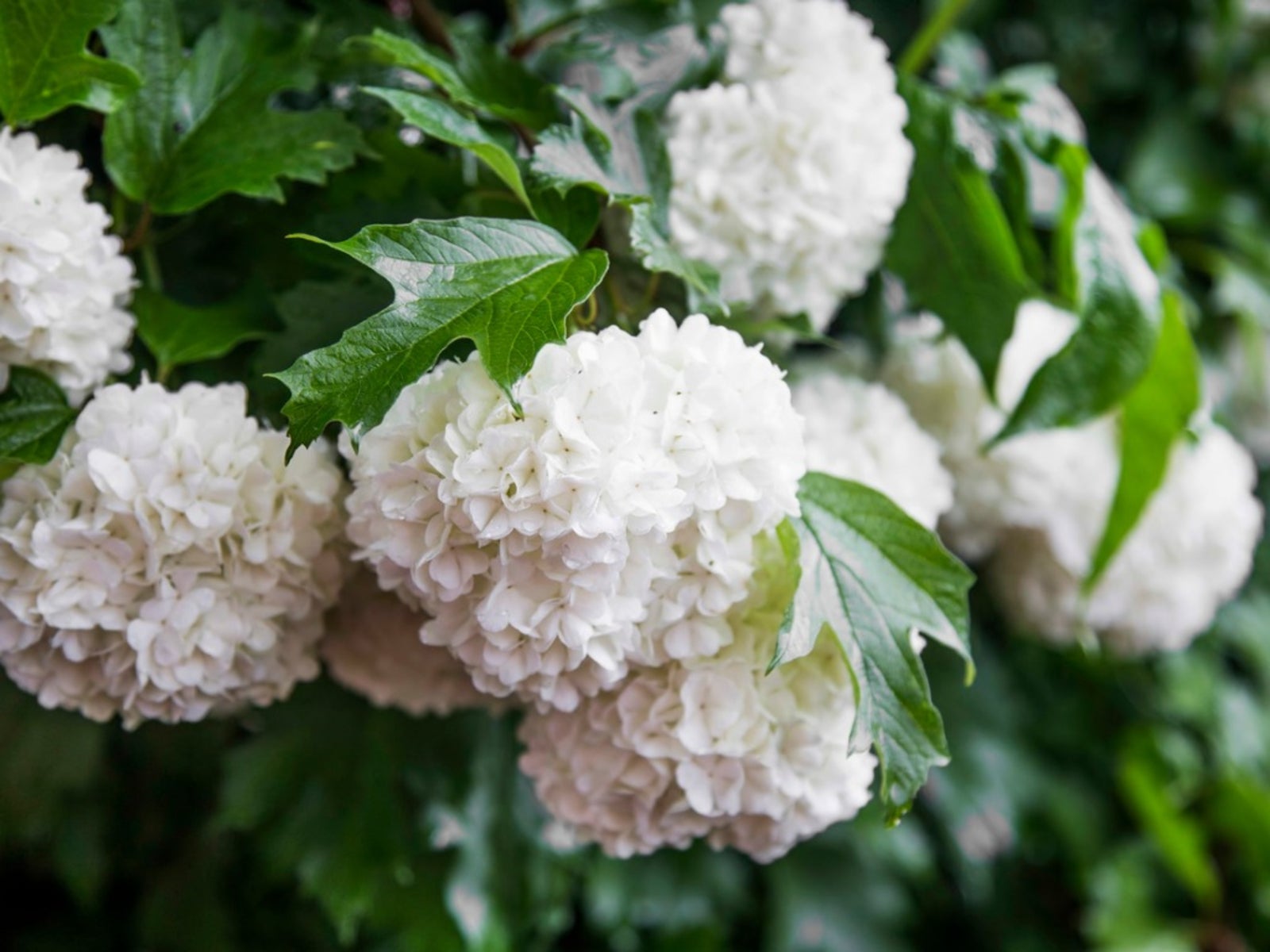
Brown Viburnum Leaves: Why Leaves Turn Brown On Viburnum
Sometimes the plant does have disease problems that cause brown viburnum leaves. Why do viburnum leaves turn brown? Click this article for information about the different reasons you might see brown leaves on viburnum plants.
By Teo Spengler
-
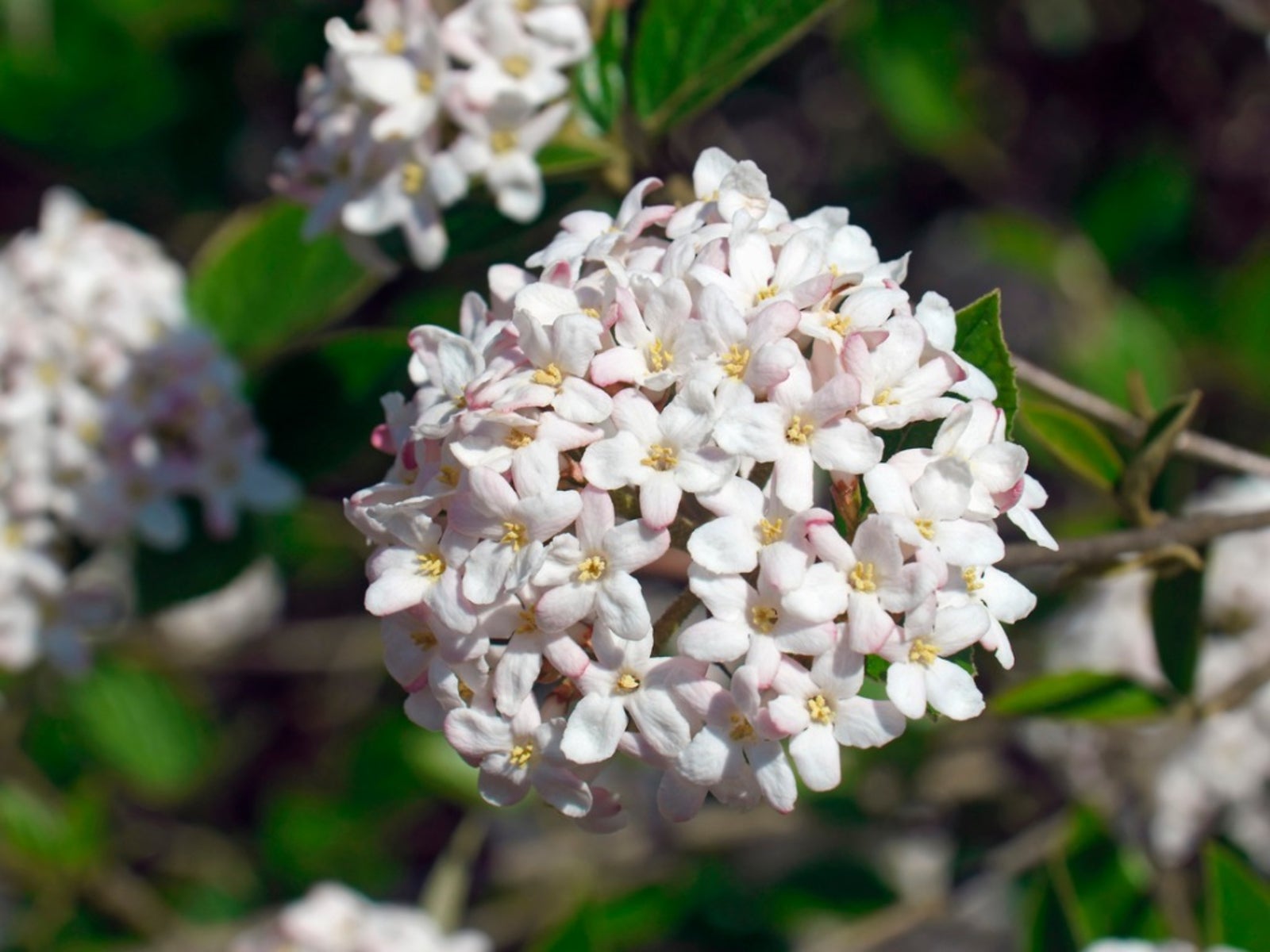
Diseases Affecting Viburnum: Learn About Viburnum Disease Treatment
There are more than 150 species of Viburnum with many available for problem areas of the garden. Plants that are not well taken care of can occasionally develop viburnum diseases, primarily fungal issues. Learn more in this article.
By Bonnie L. Grant
-
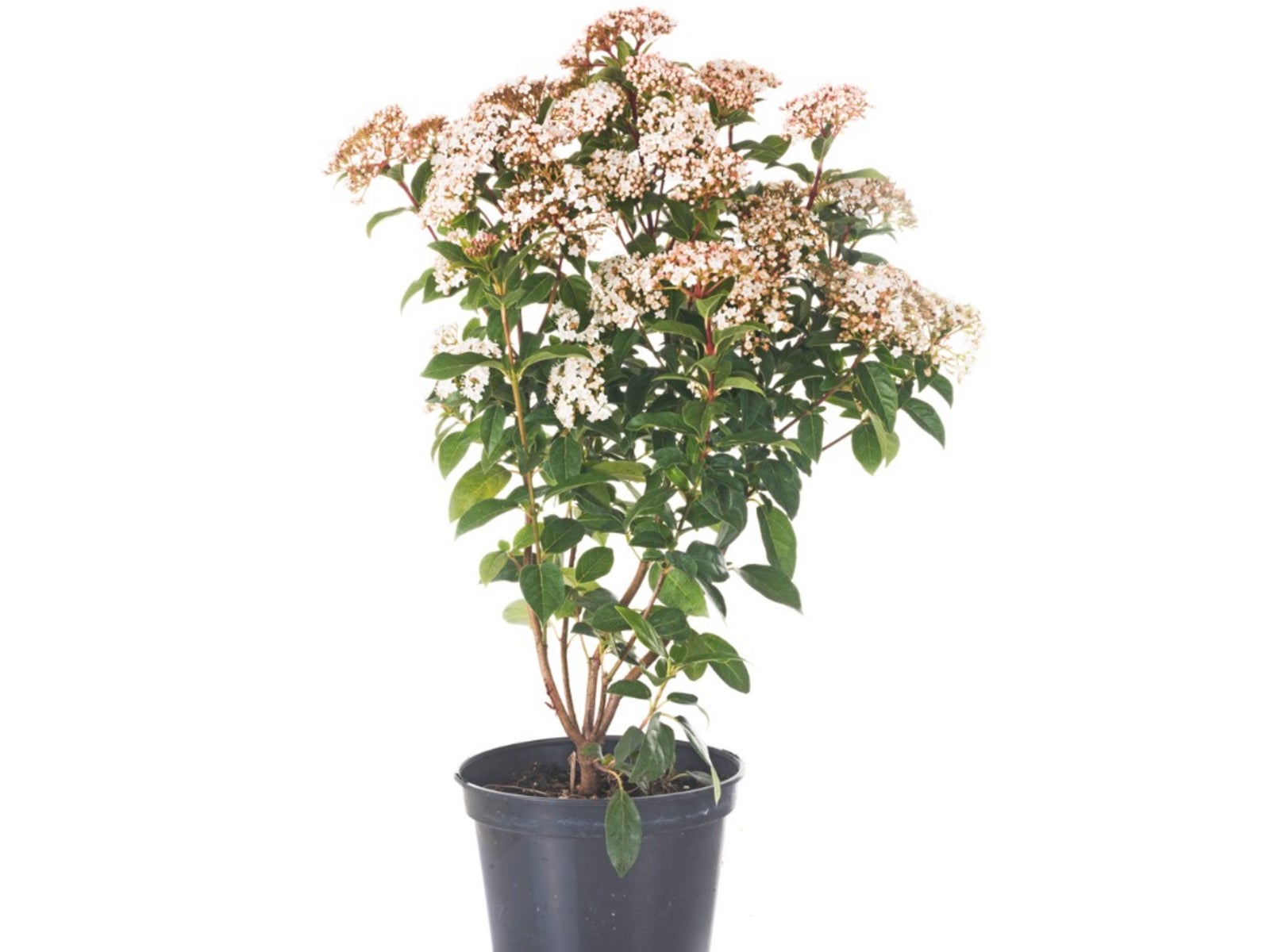
Container Grown Viburnums: Caring For Potted Viburnum Shrubs
Viburnum is a plant for all seasons that never fails to disappoint. But can you grow viburnum plants in pots? Find more information about growing viburnum in containers and caring for potted viburnum shrubs in this article.
By Liz Baessler
